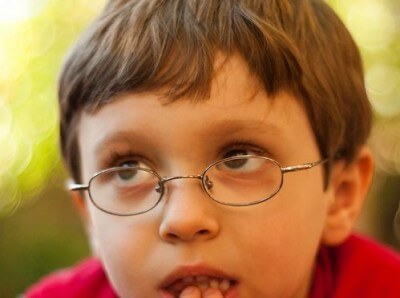
Is critical thinking for kids? Absolutely! The art of critical thinking begins in childhood. What kind of thinker is your child? Does he believe everything on TV? Does she always figure out how to get what she wants?
Does he ask questions? Does she go along with what her friends suggest? You can help develop your child’s critical thinking skills by learning a few key guidelines!
Whether your child is just starting summer vacation or in the midst of the school year, parents can help keep minds active in fun ways. Critical thinking skills don’t fully develop until adolescence, but the foundations for good thinking develop in younger children.
The nonprofit Foundation for Critical Thinking cultivates core intellectual virtues that lead to fair-minded thinking. They have identified three ways K-6 children typically think.
- Naïve Nancy doesn’t believe she needs to think because her parents do it for her! She believes most things she hears on TV, doesn’t ask questions, and goes along with what her friends decide.
- Selfish Sam thinks a lot because it gets him what he wants. He believes whatever is necessary to achieve his goals, regardless of whether it hurts others. He figures out how to get other kids to do what he wants them to do. Sam is a clever manipulator of adults and other children.
- Fair-minded Fran thinks a lot because it helps her learn. She knows she can’t always believe what people say or what she sees and hears on TV. Fran thinks about others as well as herself. She is motivated to understand other people’s situations and attempts to put herself in their shoes.
Critical Thinking for Kids
What is critical thinking? Critical thinking comprises a number of different skills that help us learn to make decisions. It is the ability to evaluate information to determine whether it is right or wrong. To think critically about an issue or a problem means to be open-minded and consider alternative ways of looking at solutions. As children grow into pre-adolescents and teenagers, their critical thinking skills will help them make judgments independently of parents.
To be good at thinking, children must believe that thinking is fun and want to be good at it. Parents can make thinking fun throughout the academic year as well as during the summer and on vacations. Good thinkers practice thinking just like they practice basketball or soccer.
You can talk about these ways of thinking with your children by watching this video together. Afterwards, have a discussion about how they can practice being like Fair-Minded Fran.
5 Ways to Help Kids Think Critically
The Foundation for Critical Thinking developed a short series of five “Intellectual Standards,” ways of helping elementary-aged children learn to think better. Teach these standards to your kids, and then interact with them in ways that reinforce the five standards.
- Invite them to BE CLEAR by asking for explanations and examples when they don’t understand something. Let children know it is okay to be confused and ask questions.
- Urge kids to BE ACCURATE, to check to see if something is true by researching the facts.
- Encourage children to BE RELEVANT by discussing other topics that are pertinent to the discussion or problem at hand. Help them stay on track by linking related and meaningful information to the question they are trying to answer or the topic they are learning about.
- Support your child’s ability to BE LOGICAL. Help her see how things fit together. Question how she came to her conclusions and whether her assumptions are correct.
- Set expectations that your child BE FAIR. Promote empathy in his thinking processes. Make sure he considers others when drawing conclusions.
An excellent video to share with your K-6 aged child reviews these five standards in ways that children can understand. Once parents and children speak a common language about the standards of critical thinking, employ them throughout the year and especially during the summer months! Along with having fun, your child’s mind will learn to think critically about the world!
Photo Credit: JoeBenjamin
Related Articles on Critical Thinking
Skeptic or Cynic? How to Model Positive Skepticism to Children
(This article was originally published in 2011 and was updated with new content in 2018)
Published: April 11, 2018
Tags: critical thinking, positive youth development, problem solving, reasoning


